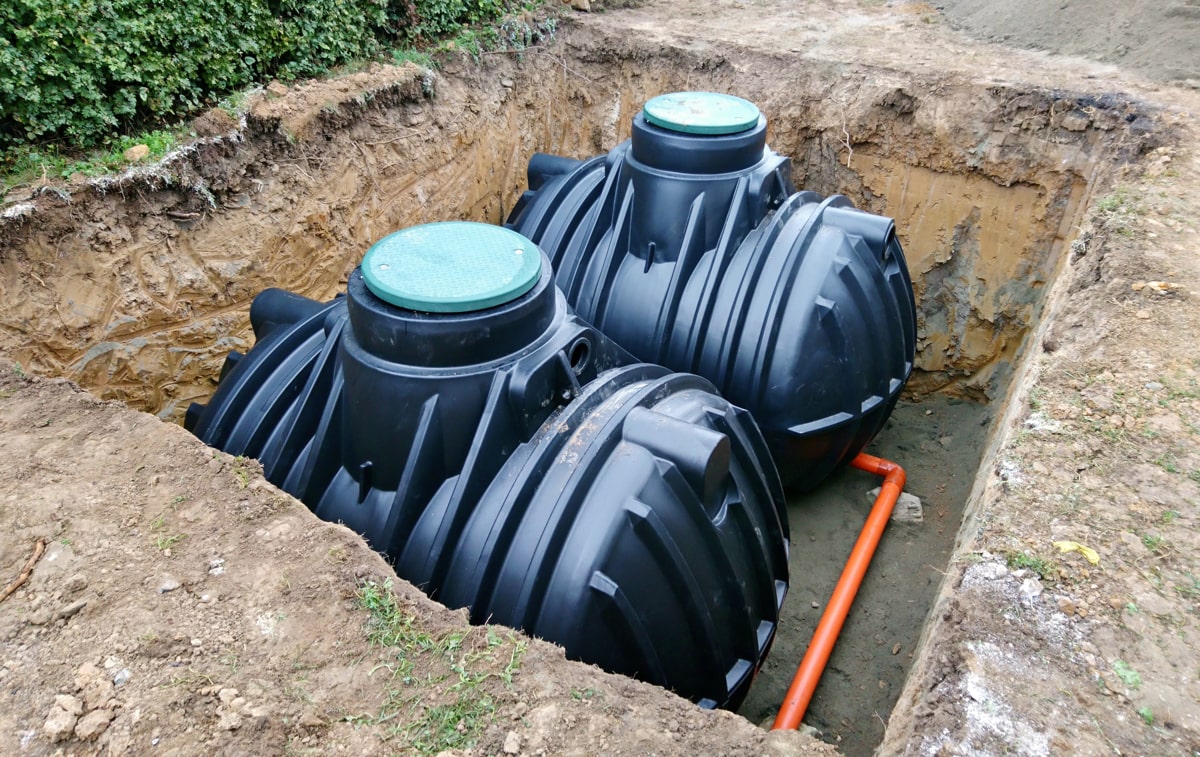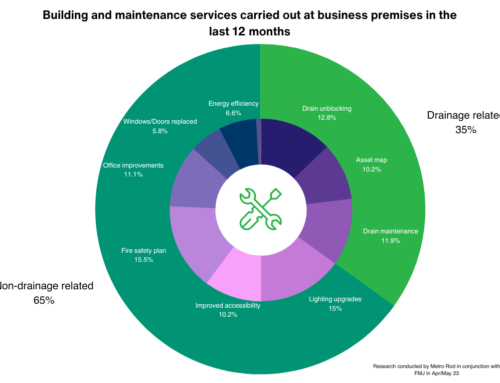Why desludge your wastewater treatment plant?
All wastewater treatment plants require regular desludging. This first removes the layer of scum that rises to the top of the treatment plant’s primary chamber and then the layer of sludge that will settle at the bottom of the primary tank.
When the effluent first enters the tank, the solids settle at the bottom, forming sludge, and a layer of scum rises to the top, much like a crust on the primary tank. The liquid that sits in between the two layers passes through the chambers for cleaning. Desludging removes the sludge and any scum.
So, why is it so important? Over time, the sludge will build up, reducing the capacity between the two layers and affecting the amount of liquid that can enter the wastewater treatment plant. If there’s no room for the effluent to enter the tank, this can cause a blockage or back-flow and result in leaks, burst pipes and potential environmental harm.
It’s important to have skilled engineers carry out the desludging as certain designs of wastewater treatment plants. For example, active sludge plants require a certain amount of sludge to act as the media for active treatment of the waste water.

Why desludge your septic tank?
Septic tanks are designed in a different way to wastewater treatment plants and are less efficient at treating waste. Instead, they act as a collecting vessel for solids which settle at the bottom of the tank and scum, which forms at the top of the tank.
Desludgeing your septic tank will ensure the system runs efficiently. If sludge becomes too built up, it can back up essential parts of your system, and your septic tank will not work as efficiently. It will also prevent failures and pollution. Too much sludge can lead to damaged pumps, which may need repairs. If your system fails, this could lead to raw sewage being leaked into the surrounding areas. Poor effluent quality can cause environmental impact because bacteria and viruses can enter the local water sources. Emptying your septic tank will prolong the life of the system.
How often do I need to desludge my wastewater treatment plant or empty my septic tank?
The frequency of desludging or emptying will depend on different factors, including the number of people using the system, manufacturers’ guidelines, and the capacity of the system.
If harsh cleaning products such as bleach and disinfectant, as well as fats, oils and grease, enters your system, it can affect the treatment capability and must be desludged or emptied. Also, never put sanitary items into the system because these can block pipes.
What are the signs my wastewater treatment plant or septic tank needs desludging?
You should always follow the guidance of a professional engineer. However, there are signs that your tank might require desludging or emptying:
- Poor quality effluent liquid discharge
- A thick crust on the surface
- An ongoing foul odour
- Drains which are slow to drain away
During any sewage treatment plant or septic tank maintenance visit, our technicians will be able to advise you on whether desludging or emptying is required. We can measure the layers of sludge and scum that have accumulated within the tank using a special measuring tool.
Strict environmental and building control regulations are in place, and we can ensure that you meet these. We work with all residential, commercial, and industrial clients. Our engineers have the experience and equipment to provide fast, hassle-free, and professional de-sludging.
Our team can complete all sewage treatment plant maintenance, septic tank emptying, and a host of other pump station and clean water services tailored to your needs.
Find out more about our desludging services
Our experienced wastewater engineers have been providing sewage treatment plant maintenance and septic tank emptying for over 30 years.
To find out more about our desludging and maintenance services, please call 01634 201 111 or via email at service@willowpumps.co.uk








